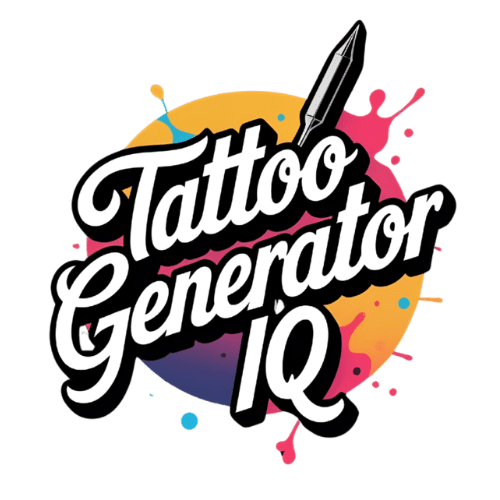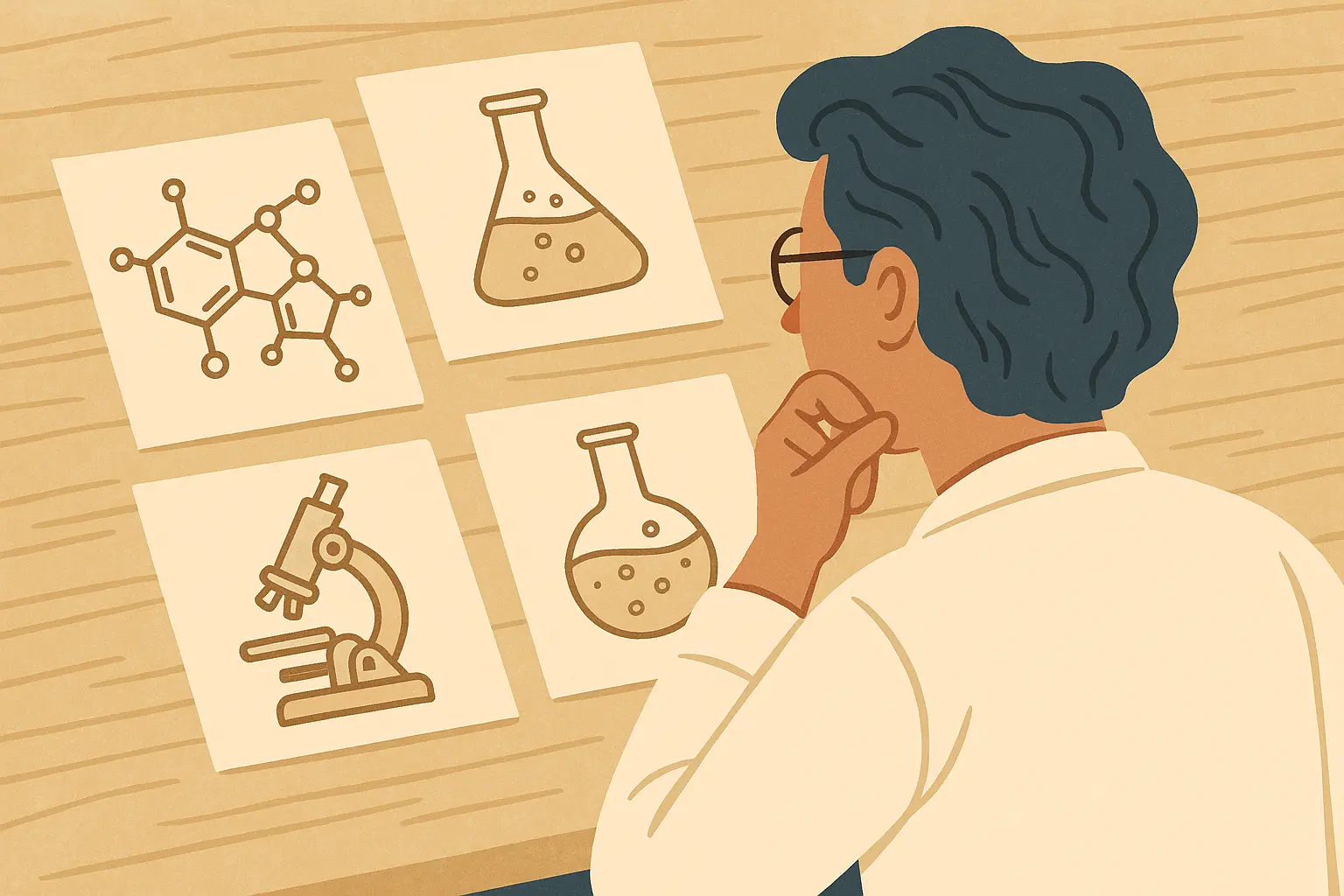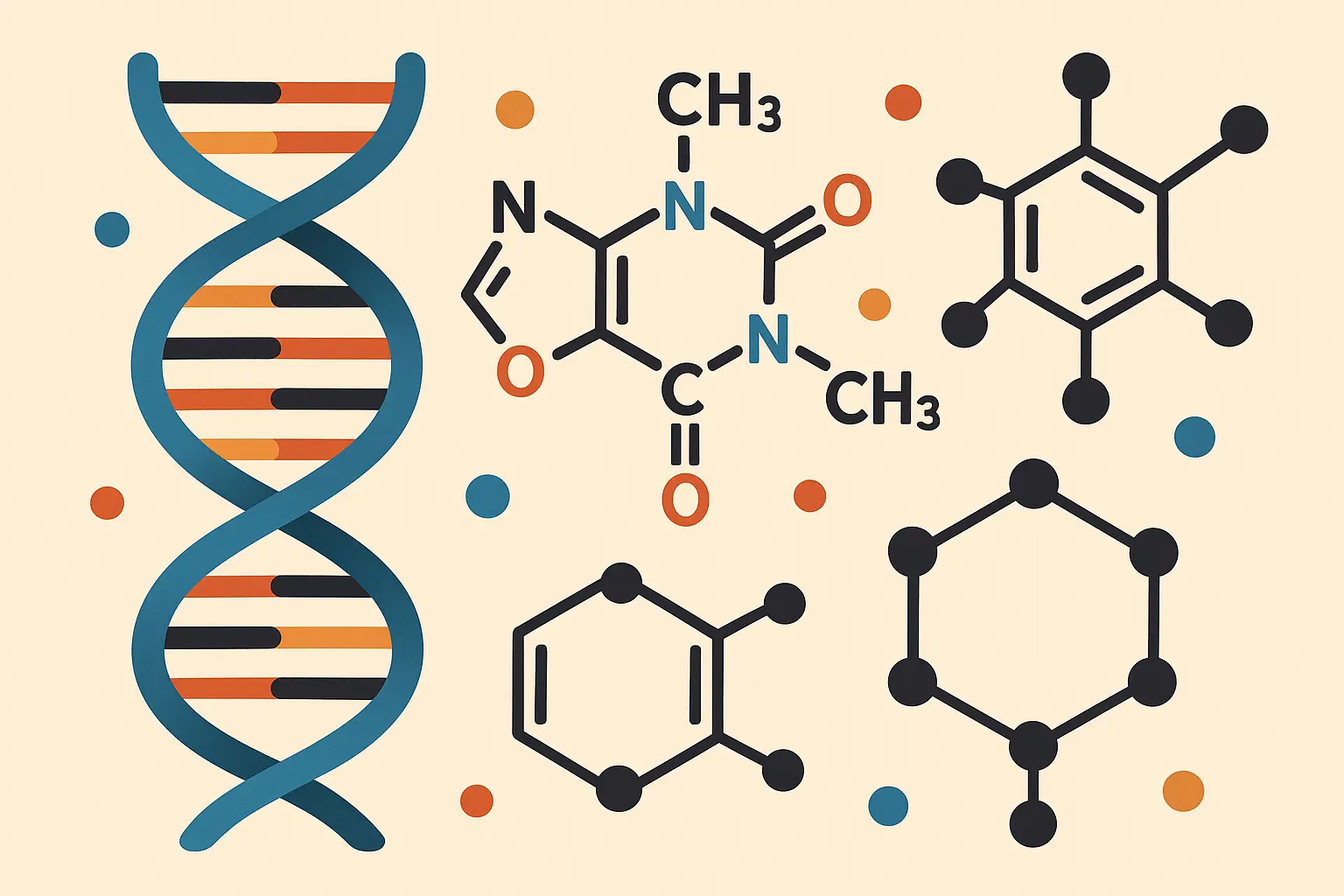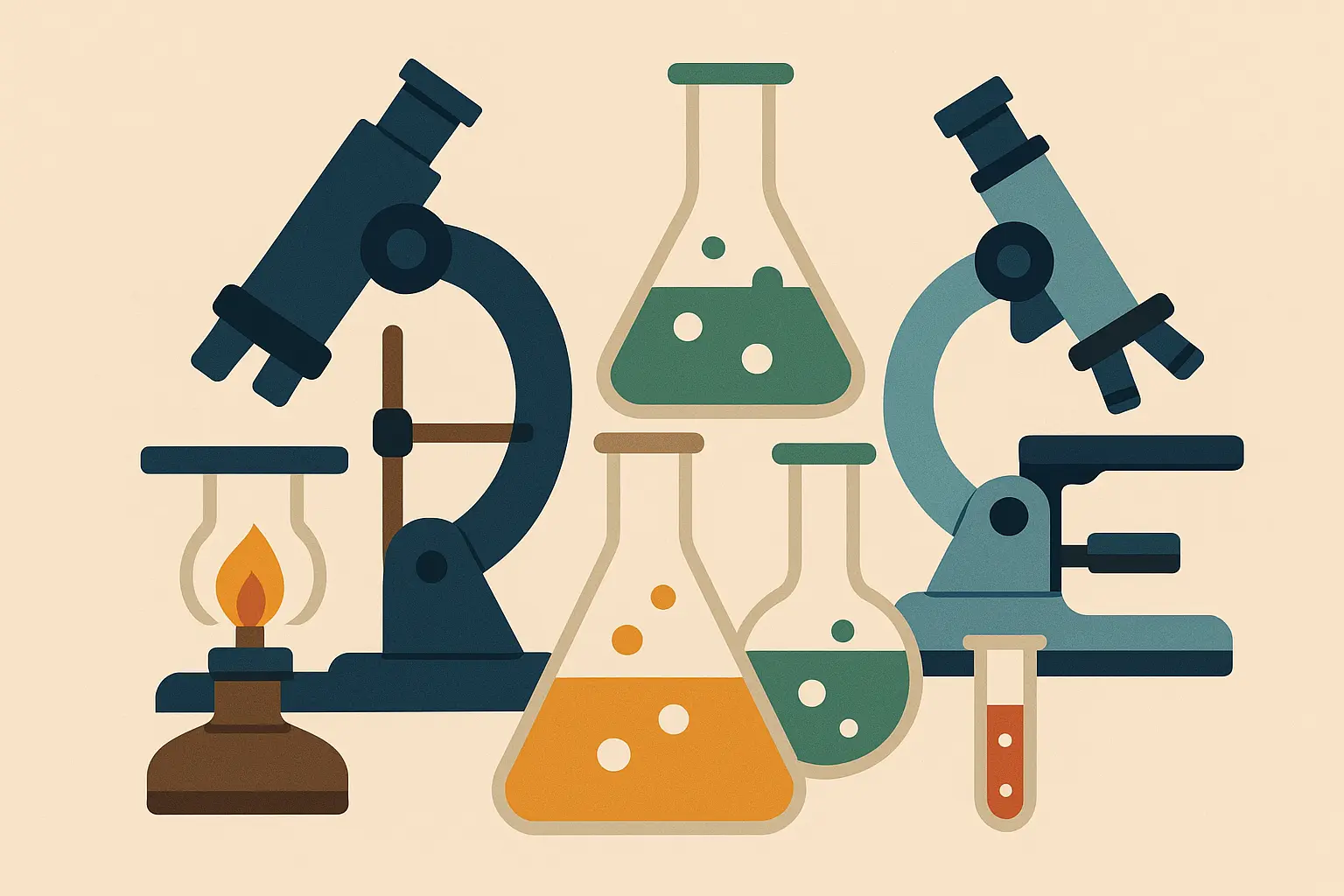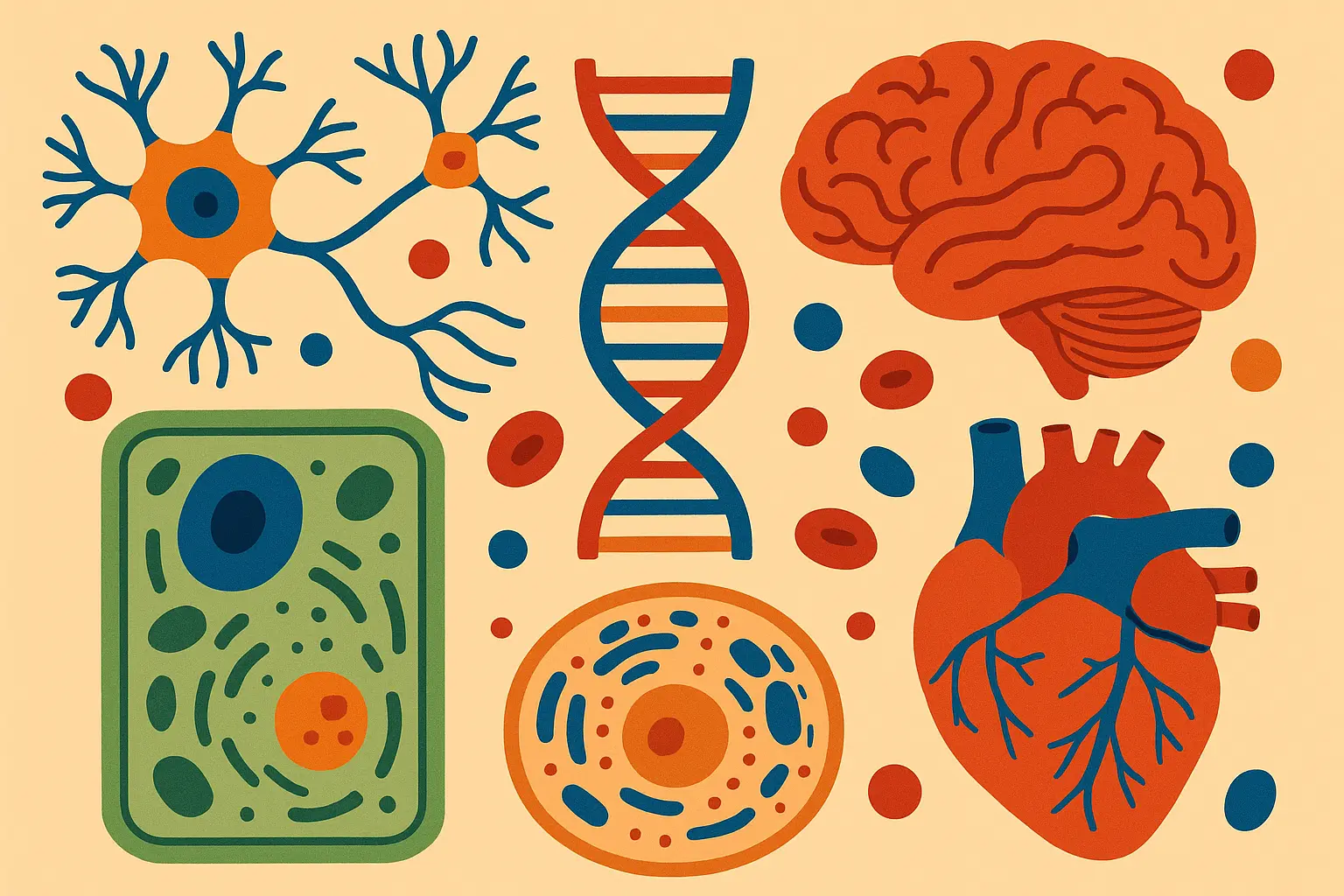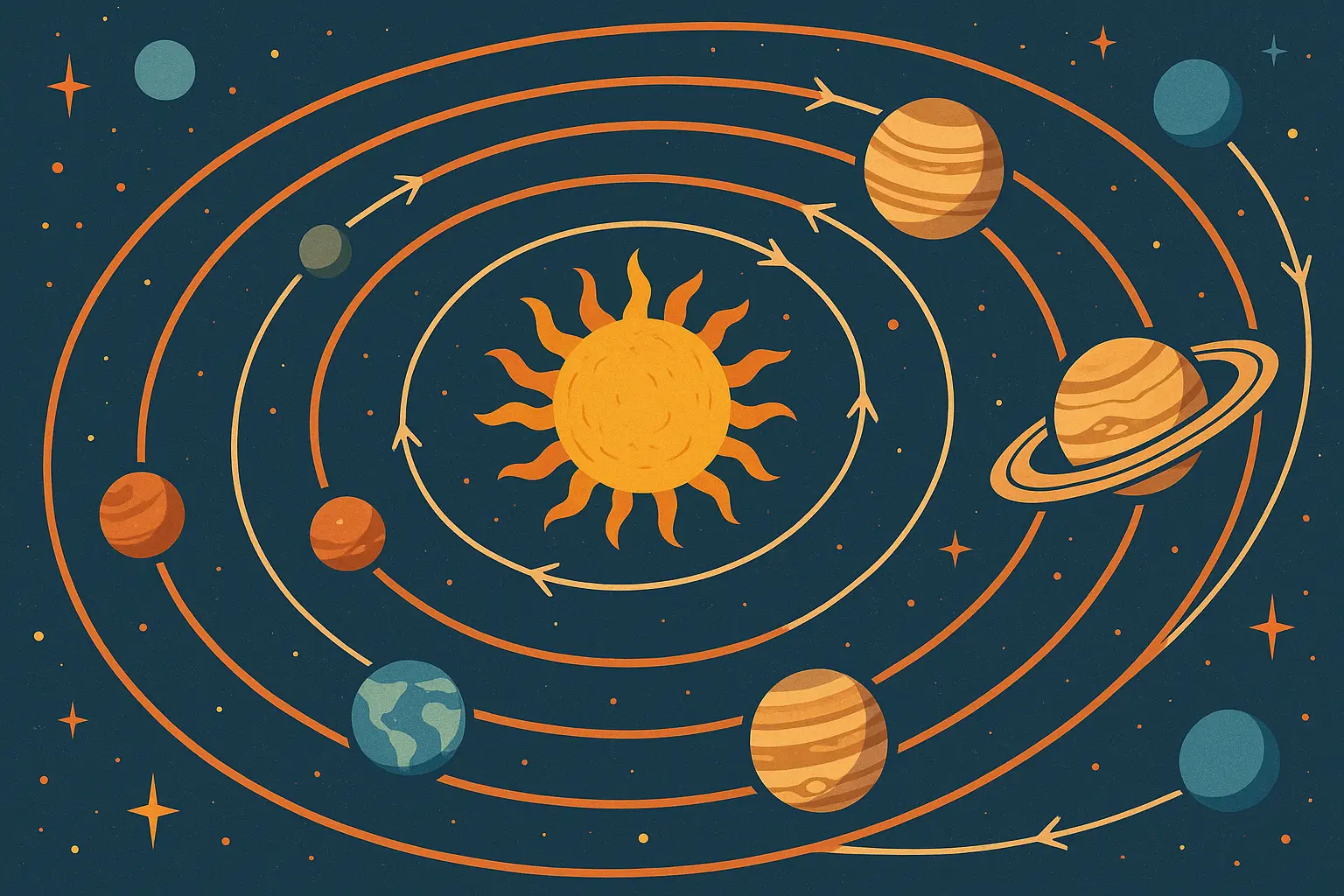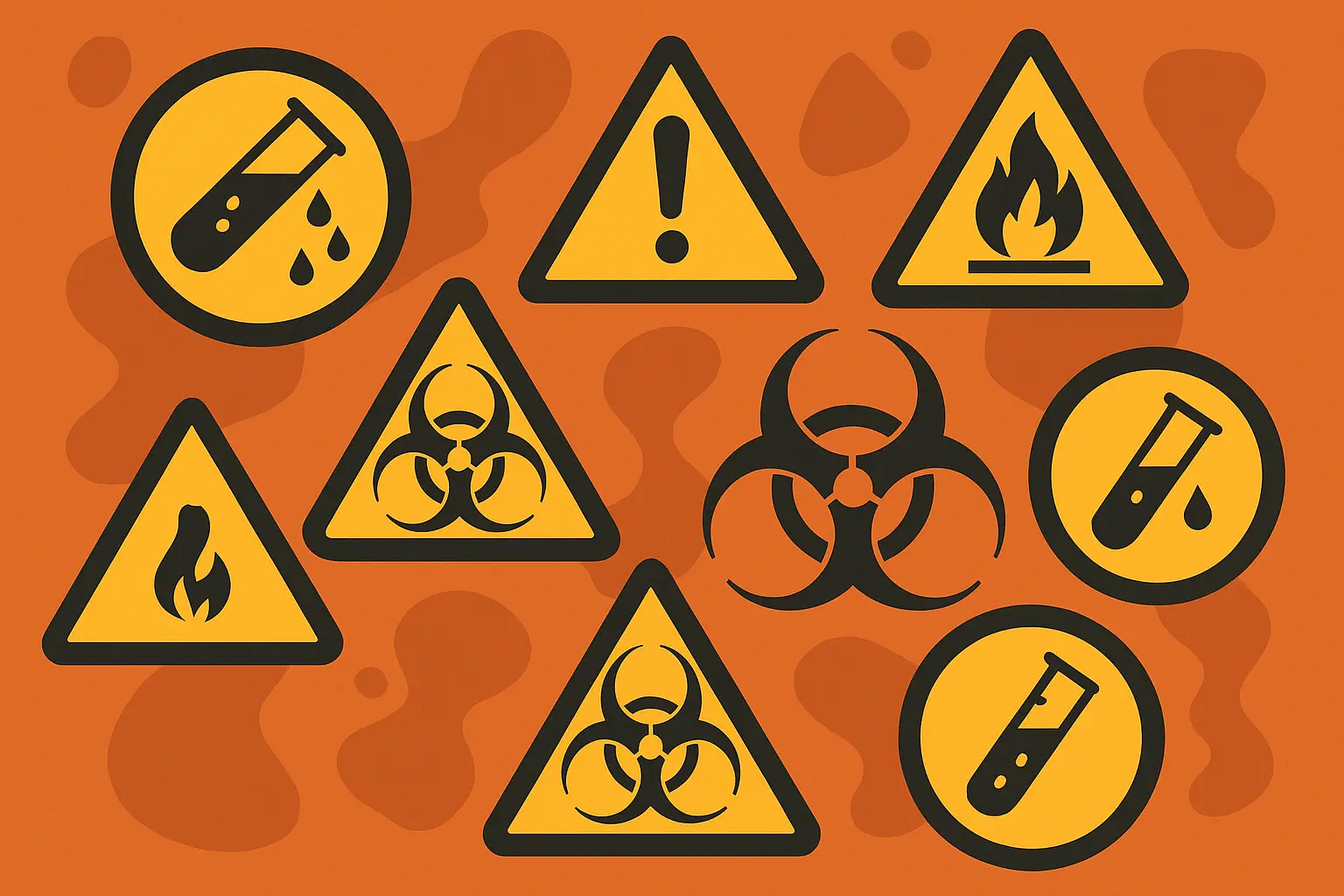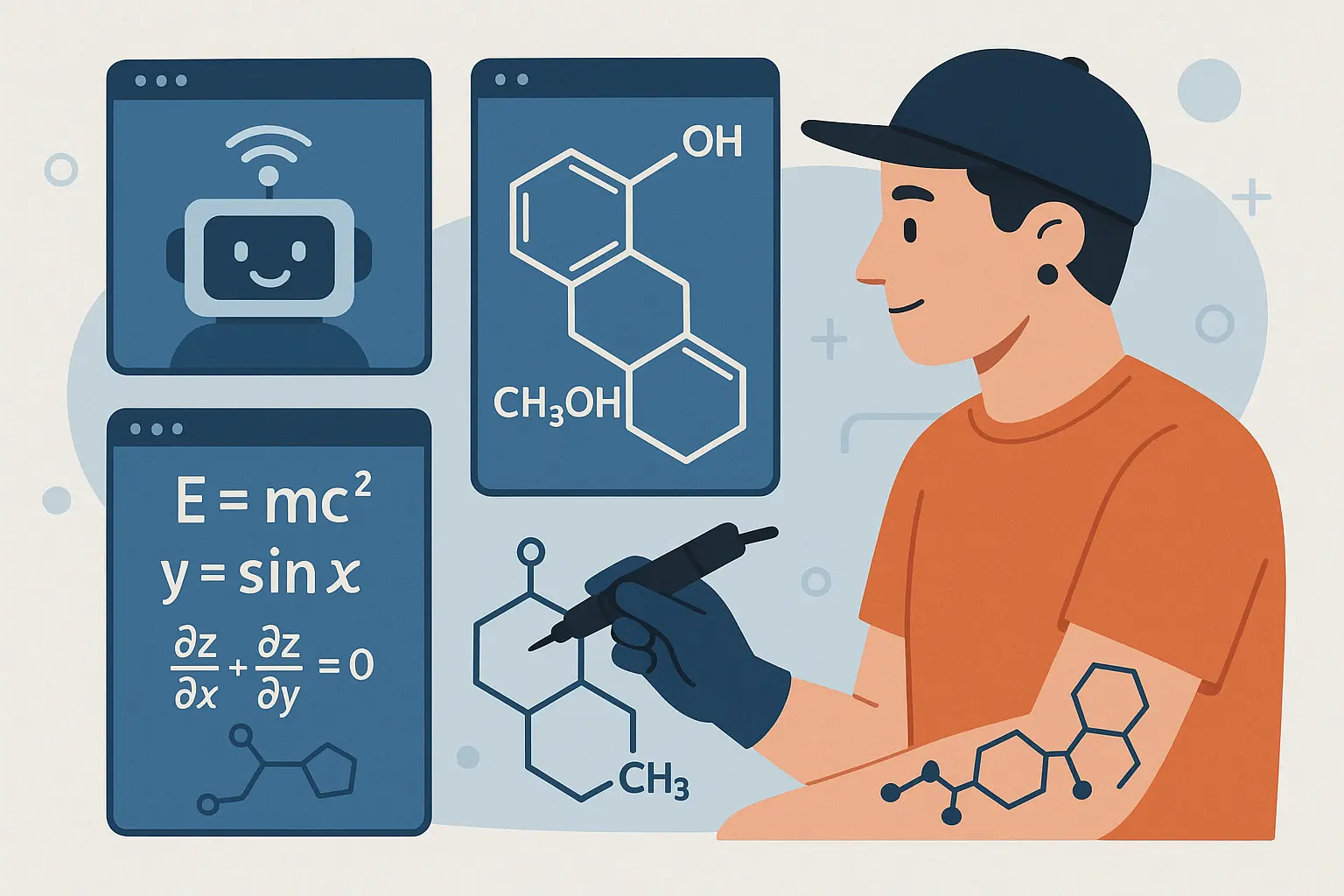25 Custom Lab Tattoos That Will Make Your Scientific Soul Sing
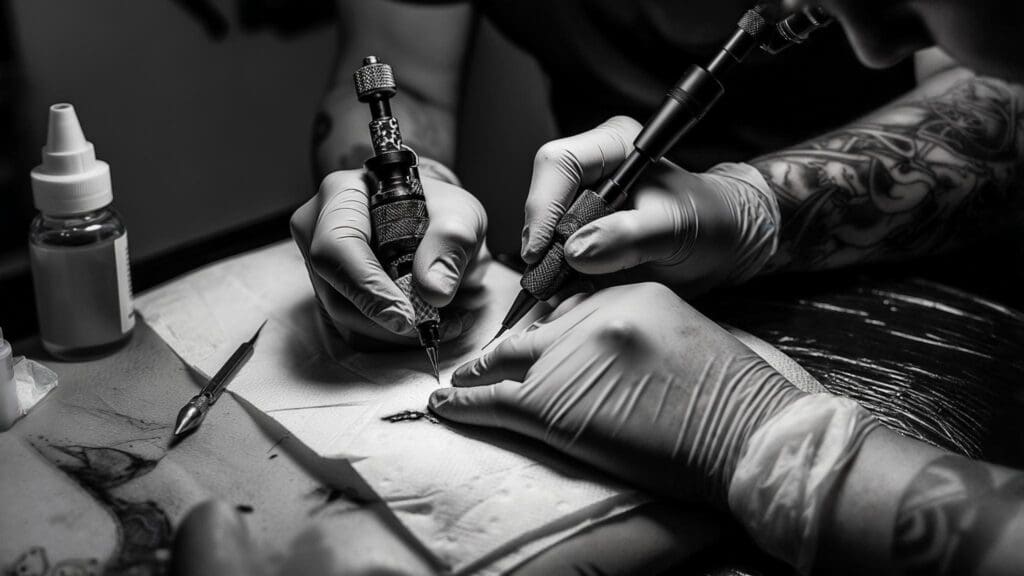
You’ve probably noticed more and more people getting custom tattoos these days, and science-themed body art is having a serious moment. I remember when my colleague first showed me her DNA helix tattoo wrapped around her forearm – it perfectly captured her passion for genetics research while looking absolutely stunning. Whether you’re marking a breakthrough moment, honoring your field of study, or simply expressing your love for scientific inquiry, custom lab tattoo designs offer a unique way to wear your passion on your skin.
Look, I get it – you’re probably wondering if this is actually a good idea. Will your PI think it’s unprofessional? What if you change research fields? What if your mom freaks out? We’ll tackle all those concerns and more, because the truth is, a well-thought-out science tattoo can be one of the best decisions you make.
Table of Contents
-
Essential Considerations Before Getting Your Custom Lab Tattoo
-
Molecular and Chemical Structure Designs (5 tattoos)
-
Laboratory Equipment and Tool Tattoos (5 tattoos)
-
Mathematical and Physics Concept Art (5 tattoos)
-
Biological and Life Science Designs (5 tattoos)
-
Astronomical and Space Science Tattoos (3 tattoos)
-
Laboratory Safety and Symbol Designs (2 tattoos)
-
Matching Your Design Choice to Personal Goals
-
How Tattoo Generator IQ Can Bring Your Scientific Vision to Life
-
Final Thoughts
TL;DR
-
Scientific accuracy matters – but don’t sacrifice tattoo-friendly design elements that’ll look good in 20 years
-
Think about your career path – some places are cool with visible tattoos, others… not so much
-
Keep it simple, bold – those intricate molecular diagrams look amazing on paper but turn into blurry messes over time
-
Pick something meaningful – you’ll be explaining this tattoo for the rest of your life, so choose wisely
-
Find the right artist – not every tattoo artist can handle technical illustration (trust me on this one)
-
Size and placement matter – complex science stuff needs room to breathe
-
25 design options spanning everything from caffeine molecules to galaxy spirals
-
Real talk included on what works, what doesn’t, and what you need to know
Essential Considerations Before Getting Your Custom Lab Tattoo
Before you commit to permanently inking that molecular structure on your body, let’s have an honest conversation about what you’re getting yourself into. I’ve seen too many researchers rush into scientific tattoos without thinking through the implications, and while most turn out great, some… well, let’s just say peer review exists for a reason.
Scientific Accuracy and Detail Requirements
Here’s the thing about scientific tattoos – they need to be accurate, but they also need to work as tattoos. I know a guy who got his thesis equation tattooed on his forearm, only to discover later that there was an error in his calculations. Awkward doesn’t begin to cover it.
Your tattoo should maintain scientific integrity while being appropriate for long-term wear on skin. Complex molecular structures and detailed equipment diagrams might look incredible on your computer screen, but those fine lines and tiny details? They’re going to blur together faster than you think. Understanding tattoo pain levels can help you make smart decisions about placement, especially for intricate designs that require multiple sessions.
Pro tip: Maybe don’t get that reaction mechanism tattooed until after peer review. Just saying.
Professional Visibility and Career Impact
Let’s be real about work environments. Academic labs are generally pretty chill about tattoos – might even get you some street cred with the grad students. Corporate R&D? Play it safe and keep it covered during interviews. Medical settings? Depends on your boss, but err on the conservative side.
Here’s the honest breakdown:
Academic Research: Pretty accepting these days. Your tattoo might actually become a great conversation starter at conferences.
Clinical/Medical: Conservative placement is your friend. Upper arms and backs are safe bets.
Corporate R&D: Follow company dress codes. When in doubt, keep it covered.
Science Education: Visible tattoos can actually enhance your teaching credibility with students.
Government Labs: Keep it covered, especially if you need security clearance.
The Reality of Complexity vs. Longevity
This is where I need to give you some tough love. That incredibly detailed protein folding diagram you’re dreaming about? It’s going to look like abstract art in ten years. Ink spreads, skin ages, and fine details become blurry messes.
Dr. Sarah Chen, a biochemist from Stanford, learned this lesson the smart way. She initially wanted an incredibly detailed protein folding diagram for her shoulder tattoo. After talking with her tattoo artist and a colleague who had gotten a similar design five years earlier, she opted for a simplified ribbon structure that kept the essential scientific elements while ensuring long-term clarity. “Five years later, my tattoo still looks crisp and professional, while my colleague’s detailed version has started to blur together,” she explains.
The sweet spot is finding designs that are scientifically meaningful but bold enough to age gracefully. Think less “textbook diagram” and more “scientific poster presentation.”
Personal Connection and Meaning
Here’s what nobody tells you: you’ll be explaining this tattoo for the rest of your life. At coffee shops, at family dinners, at conferences, on dates – everywhere. So pick something you genuinely love talking about.
The best science tattoos tell your story. Maybe it’s the molecule you spent three years synthesizing, the equation that finally clicked for you, or the constellation visible the night you defended your thesis. Whatever you choose, make sure it’s something that’ll still matter to you when you’re 60.
Fair warning: you’ll become the person everyone asks about their molecular structure tattoos. Embrace it.
Finding an Artist Who Gets It
Not every tattoo artist can handle scientific designs. You need someone who understands both technical illustration and how that translates to skin. Look for artists with experience in detailed line work and geometric precision. Check their portfolios specifically for science-themed work, and don’t be afraid to ask questions during consultation.
Your artist will either love this challenge or charge you extra for the headache. Find someone in the first category.
Size and Placement Strategy
Scientific designs often need space to breathe. That tiny caffeine molecule might work on your wrist, but Maxwell’s equations? You’re looking at serious real estate on your body.
Consider how placement affects your daily life. Do you want it as a personal reminder or a conversation starter? Factor in pain tolerance for detailed work – some spots hurt way more than others, and complex scientific tattoos take time.
Molecular and Chemical Structure Designs
Because nothing says “I love science” like permanently inking a benzene ring on your body. These designs range from simple caffeine molecules (perfect for coffee-addicted researchers) to complex protein structures that commemorate years of research. Each one balances scientific accuracy with tattoo-friendly aesthetics, though some require more compromise than others.
1. DNA Double Helix with Personal Coordinates
Complexity Level: Moderate
A stylized DNA strand wrapping around your forearm or leg, with specific base pair sequences that represent meaningful dates, initials, or coordinates. It’s like a secret message that only other molecular biologists will fully appreciate.
Real Talk Assessment:
-
Scientific Accuracy: High – you can keep the helical structure accurate while adding personal touches
-
Professional Visibility: Great – everyone recognizes DNA, and it looks sophisticated
-
Longevity: Excellent – those bold helical lines will age beautifully
-
Personal Connection: High – completely customizable to your story
-
Artist Challenge: Moderate – requires precision but most good artists can handle it
2. Caffeine Molecule Constellation
Complexity Level: Simple
The molecular structure of caffeine arranged like a constellation, perfect for coffee-loving researchers (so, basically all of us). Simple line work connects atoms like stars, and you can add small decorative elements if you want.
Real Talk Assessment:
-
Scientific Accuracy: High – it’s literally just the caffeine molecule
-
Professional Visibility: Perfect – subtle enough for any environment, relatable to everyone
-
Longevity: Excellent – simple lines and geometric shapes are tattoo gold
-
Personal Connection: High – every scientist has a relationship with caffeine
-
Artist Challenge: Low – straightforward line work that won’t break anyone’s brain
3. Serotonin Happiness Formula
Complexity Level: Simple to Moderate
The serotonin molecule with its chemical formula, often with small decorative elements like hearts or flowers. It’s science meets mental health awareness, and it scales well from tiny wrist pieces to larger shoulder designs.
Real Talk Assessment:
-
Scientific Accuracy: High – the molecule is well-established
-
Professional Visibility: Good – has medical/psychological relevance
-
Longevity: Good – depends on how crazy you go with decorative elements
-
Personal Connection: High – represents happiness and mental health awareness
-
Artist Challenge: Moderate – requires precise molecular angles but nothing too wild
4. Benzene Ring Mandala
Complexity Level: Complex
Multiple benzene rings arranged in mandala patterns, creating intricate geometric designs that’ll make organic chemists weep with joy. The hexagonal symmetry creates naturally pleasing patterns while staying chemically accurate.
Real Talk Assessment:
-
Scientific Accuracy: High – as long as your artist can handle hexagons
-
Professional Visibility: Good – abstract enough for broad appeal
-
Longevity: Good – geometric patterns age well, but complexity might soften over time
-
Personal Connection: Moderate to High – specific to organic chemistry nerds
-
Artist Challenge: High – requires serious geometric precision and patience
5. Custom Protein Structure Ribbon
Complexity Level: Complex
A simplified ribbon representation of a protein structure that’s meaningful to your research. Alpha helices and beta sheets create flowing, artistic designs that maintain scientific accuracy while being tattoo-appropriate.
Real Talk Assessment:
-
Scientific Accuracy: High – based on actual protein structures from databases
-
Professional Visibility: Excellent – looks sophisticated and professional
-
Longevity: Good – flowing lines age well, and you can adjust detail level
-
Personal Connection: Very High – directly related to your specific research
-
Artist Challenge: High – requires understanding of protein structures (good luck explaining that)
Laboratory Equipment and Tool Tattoos
These designs celebrate the tools that make scientific discovery possible. From vintage microscope silhouettes to modern analytical balances, they honor the instruments that have shaped scientific progress. Plus, they’re usually easier to explain to your grandmother than quantum mechanics equations.
6. Vintage Microscope Silhouette
Complexity Level: Moderate
Classic compound microscope rendered in bold silhouette style, often with decorative flourishes or integrated with other design elements. It’s universally recognizable and works well at various sizes.
Real Talk Assessment:
-
Scientific Accuracy: Moderate – stylized but everyone knows what it is
-
Professional Visibility: Excellent – universally respected symbol of scientific inquiry
-
Longevity: Excellent – bold silhouettes are tattoo perfection
-
Personal Connection: High – represents the foundation of scientific discovery
-
Artist Challenge: Moderate – requires clean line work and good proportions
7. Erlenmeyer Flask with Geometric Patterns
Complexity Level: Moderate
A laboratory flask filled with geometric patterns, mathematical equations, or molecular structures. The contained space gives you creative freedom while keeping the recognizable lab equipment shape.
Real Talk Assessment:
-
Scientific Accuracy: High – accurate flask proportions are pretty straightforward
-
Professional Visibility: Good – clearly scientific but artistic
-
Longevity: Good – depends on how complex you make the internal patterns
-
Personal Connection: High – completely customizable internal content
-
Artist Challenge: Moderate – precise flask shape plus whatever pattern work you choose
Marine biologist Dr. James Rodriguez went with an Erlenmeyer flask filled with coral reef patterns for his upper arm tattoo. The flask represents his lab work, while the internal coral design celebrates his field research. “It perfectly captures both sides of my research – the controlled lab environment and the natural systems I study,” he says. Plus, it’s sparked countless conversations at conferences about the intersection of lab and field work.
8. Bunsen Burner Flame Spectrum
Complexity Level: Simple to Moderate
A stylized Bunsen burner with flame rendered in spectral colors, representing the emission spectra of different elements. You can keep it simple with basic flame colors or go detailed with specific spectral lines.
Real Talk Assessment:
-
Scientific Accuracy: High – flame colors and burner design are well-established
-
Professional Visibility: Good – recognizable lab equipment
-
Longevity: Good – bold shapes with color options
-
Personal Connection: Moderate to High – represents experimental chemistry
-
Artist Challenge: Moderate – color work requires a skilled hand
9. Petri Dish Bacterial Culture Art
Complexity Level: Complex
Artistic representation of bacterial colonies in a petri dish, with intricate patterns representing different bacterial growth forms. Can be stylized as mandala-like patterns or more realistic culture representations.
Real Talk Assessment:
-
Scientific Accuracy: Moderate to High – based on real bacterial growth patterns
-
Professional Visibility: Good – sophisticated biological imagery
-
Longevity: Moderate – intricate patterns might soften over time
-
Personal Connection: High – specific to microbiology and research
-
Artist Challenge: High – requires detailed pattern work and patience
10. Laboratory Balance Scale
Complexity Level: Moderate
Precision analytical balance with optional elements in the weighing pans – molecules, equations, or symbolic items. It represents precision, accuracy, and the scientific method.
Real Talk Assessment:
-
Scientific Accuracy: High – balance proportions are pretty standard
-
Professional Visibility: Excellent – symbol of precision and accuracy
-
Longevity: Good – clean geometric lines age well
-
Personal Connection: Moderate to High – represents analytical thinking
-
Artist Challenge: Moderate – requires precise proportions and balance
Mathematical and Physics Concept Art
These tattoos transform abstract concepts into visual masterpieces that celebrate the fundamental laws governing our universe. Fair warning: explaining quantum mechanics to your barista gets old fast, but the designs are absolutely stunning when done right.
11. Golden Ratio Spiral with Scientific Constants
Complexity Level: Complex
Fibonacci spiral incorporated with fundamental constants like π, e, or the speed of light. The mathematical beauty appeals to physicists, mathematicians, and anyone who appreciates how nature follows mathematical rules.
Real Talk Assessment:
-
Scientific Accuracy: High – mathematically precise spiral construction
-
Professional Visibility: Excellent – sophisticated mathematical concept
-
Longevity: Excellent – geometric spirals are timeless
-
Personal Connection: High – represents the mathematical beauty in nature
-
Artist Challenge: High – requires precise geometric construction and mathematical knowledge
12. Schrödinger’s Wave Equation
Complexity Level: Moderate to Complex
The famous wave equation with optional artistic elements like wave patterns, particle representations, or quantum probability clouds. Perfect for quantum physics enthusiasts who want to represent the probabilistic nature of reality.
Real Talk Assessment:
-
Scientific Accuracy: High – the equation is well-established
-
Professional Visibility: Good – recognized in physics circles
-
Longevity: Good – depends on equation complexity and decorative elements
-
Personal Connection: High – represents quantum mechanics understanding
-
Artist Challenge: Moderate to High – requires precise mathematical notation
13. Maxwell’s Equations Field Lines
Complexity Level: Complex
Artistic representation of electromagnetic field lines with the four Maxwell equations integrated into the design. Creates flowing, dynamic patterns that represent the fundamental forces of electromagnetism.
When you’re considering complex mathematical designs, it might help to check out simple tattoo ideas first to understand how mathematical concepts translate to body art.
Real Talk Assessment:
-
Scientific Accuracy: High – field line representations are well-documented
-
Professional Visibility: Good – sophisticated physics concept
-
Longevity: Good – flowing lines age well
-
Personal Connection: High – represents electromagnetic theory
-
Artist Challenge: High – requires understanding of field theory
Here’s the honest breakdown of what to expect with different mathematical designs:
Simple Equations: Will look great for 10+ years with minimal maintenance
Geometric Patterns: Excellent longevity (15+ years) but need a highly skilled artist
Field Representations: Good for 7-10 years but may need moderate touch-ups
Complex Formulas: Moderate lifespan (5-7 years) and require high maintenance
Spiral/Curved Forms: Excellent aging (12+ years) with low maintenance needs
14. Periodic Table Element Block
Complexity Level: Simple to Moderate
A single element block or small section of the periodic table, often representing elements significant to your research or personal meaning. You can include atomic structure diagrams or electron configurations if you want to get fancy.
Real Talk Assessment:
-
Scientific Accuracy: High – atomic data is pretty standardized
-
Professional Visibility: Excellent – everyone recognizes the periodic table
-
Longevity: Excellent – simple block designs are tattoo gold
-
Personal Connection: High – completely customizable to specific elements
-
Artist Challenge: Low to Moderate – straightforward design work
15. Einstein’s Mass-Energy Equivalence Artistic
Complexity Level: Moderate
E=mc² with artistic interpretations showing energy/matter transformation, often with cosmic or atomic imagery. It’s one of the most famous equations in physics, so you’ll never have to explain what it is.
Real Talk Assessment:
-
Scientific Accuracy: High – it’s literally the most famous equation ever
-
Professional Visibility: Excellent – universally recognized
-
Longevity: Good – depends on how crazy you go with artistic elements
-
Personal Connection: High – represents the scientific revolution
-
Artist Challenge: Moderate – clean typography plus whatever artistic elements you add
Biological and Life Science Designs
These tattoos celebrate the intricate processes that sustain life on Earth. From neural networks representing consciousness to cellular division symbolizing renewal, they appeal to biologists, medical professionals, and anyone fascinated by how living things actually work.
16. Neuron Network Constellation
Complexity Level: Complex
Stylized neurons connected in network patterns, representing neural connectivity and brain function. You can go realistic with anatomical structures or artistic with decorative elements.
Real Talk Assessment:
-
Scientific Accuracy: High – based on actual neural anatomy
-
Professional Visibility: Good – sophisticated biological imagery
-
Longevity: Good – branching patterns age well
-
Personal Connection: High – represents consciousness and thought
-
Artist Challenge: High – detailed branching patterns require skill and patience
17. Cell Division Mitosis Sequence
Complexity Level: Complex
Artistic representation of cell division stages, showing chromosomes separating and cells dividing. Appeals to cell biologists and represents growth, renewal, and life processes.
Real Talk Assessment:
-
Scientific Accuracy: High – mitotic stages are well-documented
-
Professional Visibility: Good – sophisticated biological process
-
Longevity: Moderate – detailed cellular structures might soften over time
-
Personal Connection: High – represents life and renewal
-
Artist Challenge: High – requires detailed cellular accuracy
18. Anatomical Heart with Circulatory System
Complexity Level: Complex
Realistic anatomical heart with major vessels and circulation patterns. You can combine it with EKG rhythms, blood flow patterns, or other cardiovascular elements.
Real Talk Assessment:
-
Scientific Accuracy: High – anatomically correct structure
-
Professional Visibility: Good – medical/biological relevance
-
Longevity: Good – bold organ shape with detailed vessels
-
Personal Connection: High – represents life and passion for biology
-
Artist Challenge: High – requires anatomical accuracy (bring reference materials)
19. Photosynthesis Reaction Cycle
Complexity Level: Moderate to Complex
Circular representation of the photosynthesis process with light reactions, Calvin cycle, and molecular components. Perfect for botanists and environmental scientists.
Real Talk Assessment:
-
Scientific Accuracy: High – biochemical pathways are well-established
-
Professional Visibility: Good – environmental and biological relevance
-
Longevity: Good – circular patterns age well
-
Personal Connection: High – represents life-sustaining processes
-
Artist Challenge: Moderate to High – requires biochemical accuracy
20. Evolution Tree Branch
Complexity Level: Moderate
Phylogenetic tree showing evolutionary relationships, often customized to specific species groups relevant to your research or interests. You can include time scales and evolutionary milestones.
Real Talk Assessment:
-
Scientific Accuracy: High – based on evolutionary relationships
-
Professional Visibility: Good – represents scientific understanding
-
Longevity: Excellent – tree branches are tattoo perfection
-
Personal Connection: High – represents evolutionary biology
-
Artist Challenge: Moderate – requires branching accuracy
Astronomical and Space Science Tattoos
These designs capture the wonder and scale of the cosmos, appealing to astronomers, astrophysicists, and space enthusiasts. They range from personal constellation maps with actual star coordinates to complex representations of galactic structure and orbital mechanics.
21. Constellation with Star Coordinates
Complexity Level: Simple to Moderate
Personal constellation with actual star coordinates, often representing significant dates or locations. You can include magnitude indicators and proper star positioning.
Real Talk Assessment:
-
Scientific Accuracy: High – star positions are precisely documented
-
Professional Visibility: Excellent – beautiful and universally appealing
-
Longevity: Excellent – simple dots and lines age perfectly
-
Personal Connection: Very High – completely customizable to personal significance
-
Artist Challenge: Low to Moderate – requires coordinate accuracy but straightforward execution
22. Solar System Orbital Mechanics
Complexity Level: Complex
Planetary orbits with accurate scale relationships, Kepler’s laws visualized, or specific orbital configurations. Appeals to astronomers and space enthusiasts.
Real Talk Assessment:
-
Scientific Accuracy: High – orbital mechanics are well-established
-
Professional Visibility: Good – sophisticated astronomical concept
-
Longevity: Good – geometric orbits age well
-
Personal Connection: High – represents cosmic perspective
-
Artist Challenge: High – requires orbital accuracy and geometric precision
23. Galaxy Spiral Arm Structure
Complexity Level: Complex
Artistic representation of spiral galaxy structure with star formation regions, dust lanes, and galactic components. Can be stylized or astronomically accurate.
If you’re interested in celestial designs but want something smaller, check out tiny tattoo ideas for inspiration on minimalist astronomical concepts.
Real Talk Assessment:
-
Scientific Accuracy: Moderate to High – based on galactic structure
-
Professional Visibility: Good – sophisticated astronomical imagery
-
Longevity: Good – spiral patterns age well
-
Personal Connection: High – represents cosmic scale
-
Artist Challenge: High – requires astronomical accuracy
Astrophysicist Dr. Maria Gonzalez commissioned a custom constellation tattoo featuring the exact star positions visible the night she defended her doctoral thesis. Using actual astronomical coordinates from that date and location, her tattoo artist created a minimalist design that perfectly captures both the scientific precision and personal significance of that milestone moment. “Every time I look at it, I’m reminded of my achievement and the exact cosmic configuration that witnessed it,” she explains.
Laboratory Safety and Symbol Designs
These tattoos demonstrate respect for proper protocols and hazard awareness in scientific environments. While fewer people choose these designs, they appeal to experienced researchers who understand that safety isn’t boring – it’s what keeps you alive to do more science.
24. Hazard Symbol Mandala
Complexity Level: Moderate
Laboratory safety symbols arranged in mandala patterns, representing respect for safety protocols and hazard awareness. It combines practical lab knowledge with artistic design.
Real Talk Assessment:
-
Scientific Accuracy: High – safety symbols are standardized
-
Professional Visibility: Good – shows safety consciousness
-
Longevity: Good – geometric symbols age well
-
Personal Connection: Moderate to High – represents lab experience
-
Artist Challenge: Moderate – requires symbol accuracy
25. Biohazard Symbol with Molecular Integration
Complexity Level: Moderate
Classic biohazard symbol integrated with molecular structures or biological elements, representing biological research and safety awareness.
Real Talk Assessment:
-
Scientific Accuracy: High – accurate symbol and molecular structures
-
Professional Visibility: Moderate – might be concerning in some contexts
-
Longevity: Good – bold symbol with moderate detail
-
Personal Connection: High – represents biological research
-
Artist Challenge: Moderate – requires symbol precision
Matching Your Design Choice to Personal Goals
Different scientific tattoos serve different purposes, and honestly, you need to think about what you want yours to accomplish. Are you commemorating an achievement? Building professional identity? Just expressing your love for science? The right design choice makes all the difference.
Before you commit, you might want to check out how much tattoos cost to understand the investment you’re making.
For Academic Achievement Recognition
DNA helixes with graduation dates, molecular structures from thesis research, or equipment used in breakthrough experiments work great for marking educational milestones. These serve as permanent reminders of your accomplishments and great conversation starters about your scientific journey.
For Professional Identity Expression
Constellation patterns, mathematical equations, or sophisticated molecular structures work well for professionals who want to express their scientific identity without looking unprofessional. These designs often appeal to both scientific and general audiences.
For Research Commemoration
Custom protein structures, specific chemical reactions, or equipment used in important discoveries create deeply personal tattoos that celebrate your contribution to scientific knowledge. These highly personalized designs often require working with artists familiar with scientific illustration.
For Science Communication and Education
Bold, recognizable symbols like periodic table elements, famous equations, or classic lab equipment work well for science educators and communicators. These designs serve as natural conversation starters about scientific concepts.
How Tattoo Generator IQ Can Bring Your Scientific Vision to Life
Here’s a tool that actually gets the science right without making your tattoo look like a textbook diagram. Creating the perfect custom lab tattoo requires balancing scientific accuracy with artistic appeal, and Tattoo Generator IQ’s AI-powered platform handles this challenge better than most.
The platform combines the power of AI tattoo generators with specialized scientific knowledge to create designs that are both accurate and artistically compelling.
What makes this actually useful:
Scientific Accuracy That Works: The AI has been trained on scientific databases and can help ensure your molecular structures, equations, and diagrams maintain accuracy while being optimized for tattoo application. No more embarrassing scientific errors that make you cringe every time you look in the mirror.
Smart Complexity Management: The platform automatically suggests modifications to make intricate scientific designs more tattoo-friendly, adjusting line weights and simplifying details that might age poorly while preserving the essential scientific elements.
Real Career Guidance: Get recommendations for optimal placement based on your career requirements and the specific scientific design you’ve chosen. The system considers both visual impact and professional appropriateness.
Style Blending That Actually Works: Combine traditional tattoo aesthetics with scientific accuracy, creating designs that appeal to both the scientific community and tattoo enthusiasts. Generate variations ranging from highly technical to artistically interpreted versions of the same concept.
Educational Support: Access comprehensive guides about how different scientific designs translate to tattoo form, including aging expectations, maintenance requirements, and artist selection tips specific to technical illustration work.
Artist-Ready References: Generate high-resolution, professionally formatted references that include technical specifications, measurement guidelines, and detailed notes that help tattoo artists execute complex scientific designs accurately.
Whether you’re commemorating a breakthrough discovery, celebrating your field of study, or simply expressing your passion for science, this platform provides the specialized tools needed to transform your scientific vision into stunning, accurate, and professionally executed body art.
Final Thoughts
Look, custom lab tattoos are more than just body art – they’re permanent celebrations of your scientific passion, academic achievements, and professional identity. Each of these 25 designs offers unique opportunities to honor your connection to scientific discovery while creating something that’ll still look great years down the road.
The key to success? Don’t rush it. Think about your personal goals, professional requirements, and long-term satisfaction. Whether you go with a simple caffeine molecule that speaks to your daily lab routine or a complex protein structure that commemorates years of research, your tattoo should tell your individual scientific story.
Remember, scientific accuracy doesn’t have to mean boring design. The best custom lab tattoos nail both – impressing fellow scientists while appealing to everyone else. Take time to research artists, think carefully about placement, and don’t let anyone pressure you into making quick decisions.
Your scientific tattoo will become part of your professional story, sparking conversations about your work and passion for discovery. Choose something you’ll be proud to explain and display throughout your career, knowing it represents not just your current interests but your lifelong commitment to understanding how the world works.
And hey, welcome to the club of science-loving, tattoo-having humans. Share your story, help others avoid your mistakes, and remember – the best tattoo is one that makes you smile every time you see it, even when you’re elbow-deep in failed experiments at 2 AM.
